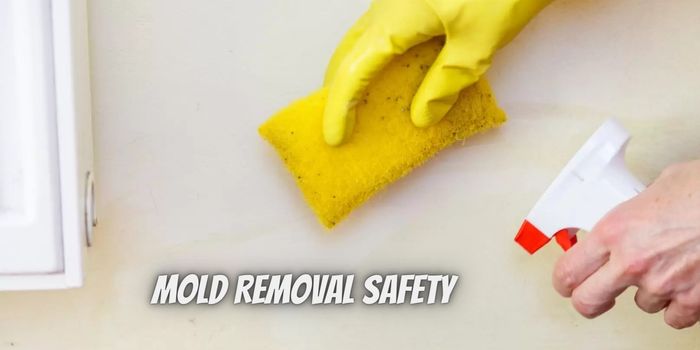Are you worried about the mold that seems to be growing in your home? If so, then click here for info about DrierHomes. They are a mold removal company with the knowledge and necessary equipment to get the job done right.
From a health perspective, mold is one of the last things you want to have in your home. It can cause a range of problems like asthma and other respiratory illnesses, not to mention extensive structural damage and property destruction if left unchecked. But when it comes to removing the problem yourself, safety should always come first. After all, you don’t want to make matters worse. We’ll discuss several important tips for safely managing mold removal in any situation so you can protect both your loved ones and your property from further harm. Read on to learn more.
Wear Protective Gear
When handling mold, you need to protect yourself against the harmful toxins that can be released into the air. Without proper protection, you may be exposing yourself to long-term health risks such as respiratory problems, allergic reactions, and even cancer.
So, what types of protective gear should you use?
- Gloves: Mold can cause skin irritation and even infection, so protect your hands with a sturdy pair of gloves. Latex, rubber, or neoprene gloves are all great options.
- Eye protection: Mold spores can cause eye irritation and even damage, so always wear goggles or other forms of eye protection when dealing with mold.
- Respirator mask: The most important piece of protective gear for handling mold is a respirator mask. Make sure it is labeled N95 or higher, as this ensures that it will filter out at least 95% of airborne particles.
Don’t forget to also wear protective clothing to prevent any mold spores from getting on your clothes or skin.
Isolate the Area
The first step in mold removal safety is to isolate the affected area. This entails creating a barrier to prevent the spread of mold spores, which can easily be airborne and travel to other parts of your home. To do this, you can use heavy-duty plastic sheets and duct tape to cover vents, doors, and windows. You can also utilize negative air pressure by placing a fan outside the isolated area, blowing air out of the room, and reducing the likelihood of mold spores reaching other areas of your home.
It’s also important to note that specific mold types require specialized cleaning and removal approaches. For example, black mold (Stachybotrys chartarum) is toxic and requires professional remediation to prevent further spread and harm to individuals. As such, it’s crucial to identify the mold type to ensure proper procedures are followed, protecting you and your loved ones.
Remove Mold-Infested Items
This includes things like clothing, furniture, and carpets that have been exposed to mold. While it may be tempting to try and salvage these items, it’s often safer to dispose of them entirely.
Why is this? Well, mold spores can thrive in porous materials like fabric and upholstery. Even if you think you’ve removed all visible traces of mold, there may still be spores lurking deep within the fibers of your belongings. This can make it difficult to ensure that all traces of mold have been eliminated and can increase the risk of future mold growth.
Clean And Dry The Area
Choose the right cleaning products. Not all cleaning products are created equal, and some may even exacerbate the problem. Look for cleaning products that are specifically designed for mold removal and follow the instructions carefully.
Use a scrub brush or sponge to clean the mold-infested area. Pay close attention to any porous surfaces, such as wood, as these can be breeding grounds for mold spores.
After cleaning the area, it is essential to dry it completely to prevent the growth and spread of mold spores. Use a dehumidifier or a fan to dry the area.
Monitor for Mold Growth
To prevent mold growth, you must be vigilant in monitoring for signs of dampness, such as musty odors, water stains on walls and ceilings, and water damage caused by leaks or floods. By keeping your home dry and well-ventilated, you can minimize the risk of mold growth.
Mold removal safety is of utmost importance in the process of eliminating this hazardous fungus. Whether it’s you or a professional performing the task, taking precautions and staying informed will help ensure everyone involved remains safe. Having faith in yourself to spot potential hazards and being aware of the actions necessary to eliminate them will also be beneficial. Finally, continuing to monitor for signs of mold afterward as well as for possible causes for the regrowth of the pesky fungi will go a long way in keeping your home healthy and clean.
